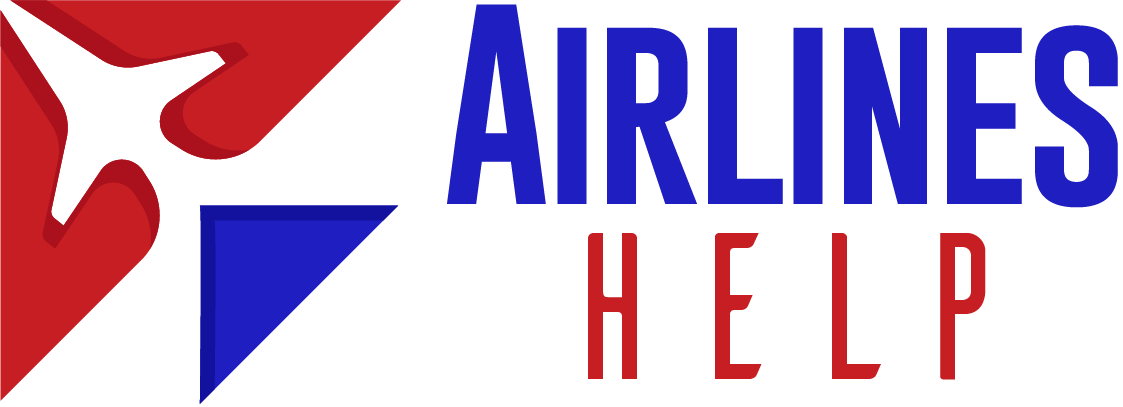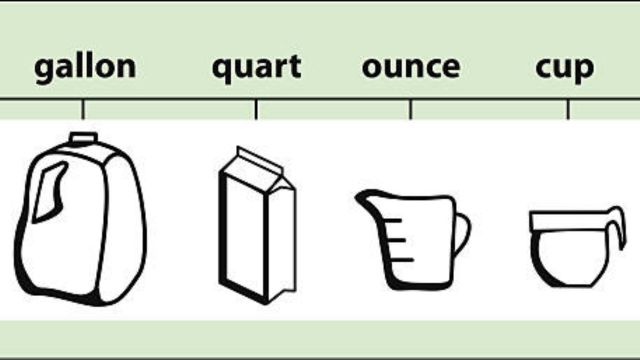Traveling on a plane has certain rules that passengers need to follow. One of the rules is that passengers can only carry a limited amount of liquid measured in ounces. Before you are ready to board your flight, it is important to understand the maximum amount of ounces you are allowed to bring on the plane. This knowledge will help you avoid any extra security checks.
Can you bring Liquid Items on a Plane?
According to the TSA rule, you can only bring liquid items in containers. You can only bring items that are approved by airlines. You need to put all the containers you want to bring in a 1-quart bag. Each passenger is permitted to carry only one bag.
Based on what was mentioned earlier, the items that fall under the TSA 3-1-1 rule are:
- Mouthwash
- Lotion
- Toothpaste
- Shampoo and conditioner
- Gel
- Nail polish
- Eye drops
What is the 3-1-1 Liquid Rule?
The 3-1-1 liquids rule is a set of guidelines established by the TSA to limit the quantity of liquids, gels, and aerosols that passengers can bring in their carry-on bags. The rule is based on the principle that large amounts of liquids could potentially pose a security risk.
Key Points of the 3-1-1 Liquids Rule:
Container Size: Each liquid, gel, or aerosol container must be 3.4 ounces (100 milliliters) or smaller. This means that any container larger than 3.4 ounces must be checked in your luggage.
Clear Bag: Place all liquid, gel, and aerosol containers in a single clear, quart-sized (one-liter) plastic bag. This bag should be easily accessible for screening at the security checkpoint.
One Bag per Person: Each passenger can only carry one quart-sized bag of liquids, gels, and aerosols. This means that if you and your travel companions are sharing a carry-on bag, each person will need their own liquids bag.
Related: What types of Food can you bring on a Plane?
What are the Prohibited Fluids on Plane?
The TSA has rules about what liquids you can bring on a plane to keep everyone safe. Even if you follow the 3-1-1 rule, there are still some items that may not be allowed according to the guidelines. The TSA restricts any hazardous fluids from being carried on a plane for the safety of both the staff and passengers.
There Are a Few Items That You Are Not Allowed to Carry:
- Products used for personal protection, such as pepper spray.
- Sharp objects such as scissors with blades longer than 4 inches, razor blades, and box cutters.
- Items that can explode or start fires
- Liquid items such as insecticides, spray paint, and laundry starch that are used for things other than personal hygiene.
- Check Out TSA Official Website.
How Many Fluid Ounces Are Allowed on a Plane?
According to the TSA 3-1-1 guideline, each passenger can bring liquids in a container that is no larger than 3.4 ounces or 100 milliliters. The bag made of quartz that holds the liquid items needs to be screened separately at the security checkpoint. This rule mostly applies to the bag that passengers want to bring with them on the plane as carry-on luggage.
How Many Ounces Can You Bring Internationally on a Plane?
The TSA’s overall carry-on policy is unchanged for overseas flights. In other words, each passenger is only allowed to bring one clear quartz bag that contains no more than 100 milliliters of liquid.
When they include duty-free items purchased abroad and you are flying to the United States and have a connecting flight, you are permitted to bring liquids that are larger than 3.4 ounces. A receipt for the purchase of certain duty-free items must be provided within 48 hours.
What is the Maximum Amount of Ounces Allowed on a Plane?
The maximum amount of ounces allowed in carry-on luggage on a plane is 3.4 ounces (100 milliliters) per container for liquids, gels, and aerosols. This is known as the 3-1-1 liquids rule. This rule applies to all passengers, regardless of their destination.
The TSA (Transportation Security Administration) implemented the 3-1-1 liquids rule in 2006 in response to a terrorist plot to detonate liquid explosives on multiple flights. The rule is designed to make it easier for TSA officers to screen carry-on bags for dangerous substances.
Related: Can you bring Hairspray on a Plane?
How Many Ounces as Carry-on can You Take on a Plane?
The bag that a traveler brings onto the plane with them is called a cabin or carry-on bag. The 3-1-1 rule mainly applies to this kind of baggage. So, this is called the TSA carry-on rule.
Please remember that you can only bring containers of 100 milliliters or less in your carry-on bag. You can have as many containers as you want. This means that all the items must be packed in a single bag that is one quart in size and transparent.
Conclusion
In summary, when traveling by plane, be mindful of the TSA’s 3-1-1 rule, which limits liquid containers in your carry-on to 3.4 ounces or 100 milliliters, stored in a quart-sized bag. Exceptions include essential items like baby care products and prescribed medications. Prohibited hazardous liquids ensure safety. These rules apply domestically and mostly for carry-ons, while larger quantities can go in checked bags.






[…] Related: How many Ounces are allowed on a Plane? […]